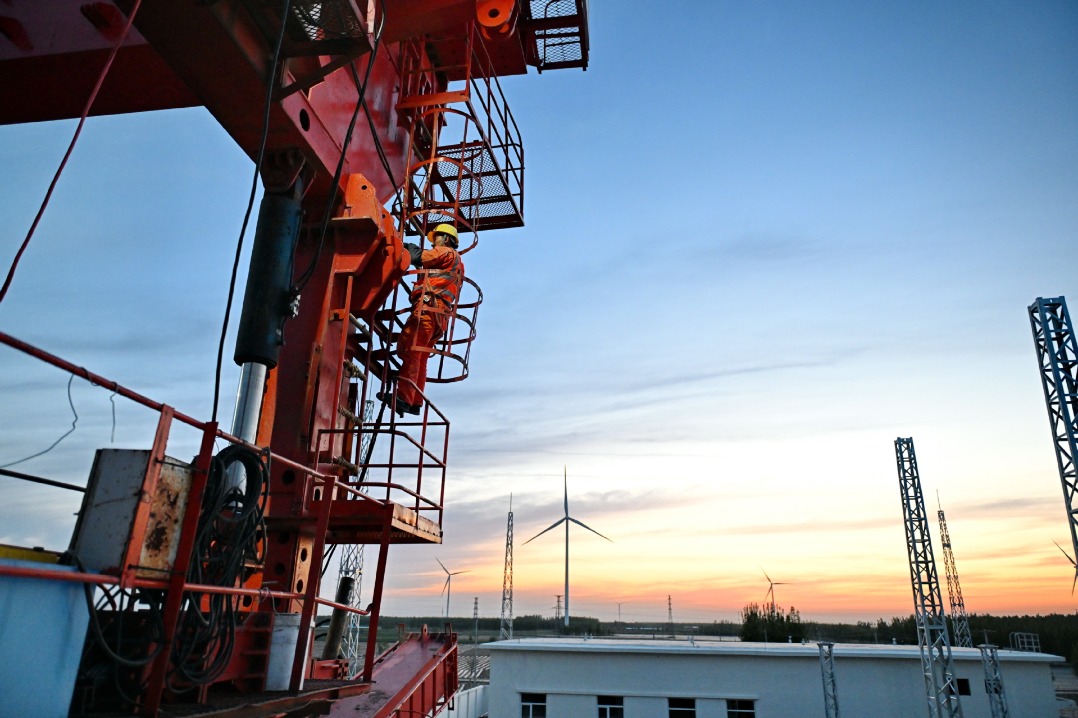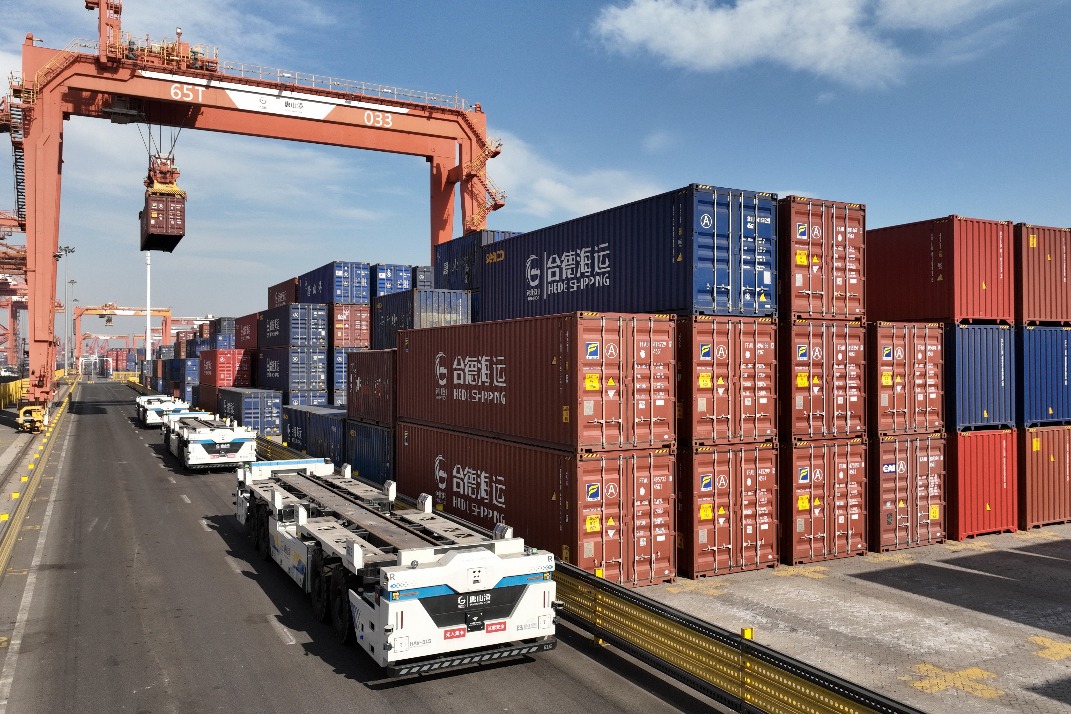Biomethane efforts gaining traction


Increased policy support, improved government regulations to boost development
Biomethane, the purified biogas derived from the decomposition of organic matter, will see accelerated development in China, due to refinement of government regulations and increased policy support, industry experts said.
China's national standards for biomethane quality, which will probably have clear requirements on biomethane production, storage, transportation, and injection into the natural gas network, are currently under review, and set to be released within a few weeks, according to a source close to the matter who did not want to be identified.
In February, China's National Energy Administration issued a draft guideline on the development of biomethane, to "increase natural gas supply, protect the environment, and promote the emerging industry."
According to the guideline, annual biomethane output in China would be more than 2 billion cubic meters by 2020, more than 15 bcm by 2025, and 30 bcm by 2030. Apart from releasing a series of documents to promote the development of biogas and biomethane since 2015, Chinese authorities have also released a number of documents stressing the importance of environmental protection and rural development, which experts said will also help boost the development of biomethane.
"As an important renewable substitute for natural gas, biomethane is a promising low-carbon alternative for China to better protect the environment and secure energy security," said Chen Xiaoping, president of the Biomass Energy Industry Promotion Association, a branch of the China Association for the Promotion of Industrial Development.
China has rich biomass resources, including agricultural and forestry waste, which represents huge potential for large-scale industrial utilization of biomethane. However, despite the abundance in raw materials, China has not been able to make full use of the resources, he said.
On the contrary, in many cases agricultural and forestry waste, and livestock manure are not properly managed, causing serious environment problems in rural China, such as soil contamination and air pollution, according to Chen.
He said better utilization of biomethane will help reduce pollution from agricultural and forestry waste, and also help upgrade agricultural and forestry sectors to produce high-quality products and organic food.
The development of biomethane, a "naturally clean, low-carbon, environmentally friendly" renewable energy, will offset fossil fuel demand, especially natural gas, Chen said.
According to Yu Shihe, deputy president and secretary-general of the China Association for the Promotion of Industrial Development, the development of biomethane in China is "inevitable and promising."
China's imports of natural gas have swelled rapidly in recent years, in part due to the country's firm environmental protection commitment and increased appetite for clean energy.
In 2018, China imported 90.4 million metric tons of natural gas, up 31.9 percent year-on-year, according to the General Administration of Customs.
Pan Jiping, a researcher at the Strategic Research Center of Oil and Gas Resources under the Ministry of Natural Resources, said the gap between natural gas consumption and domestic supplies in China has risen by 4.5 times, from less than 30 bcm in 2011, to more than 122.9 bcm in 2018.
"If we do not take action, in less than 10 years we will be fully dependent on imported natural gas," he said.
Yet, the commercial development of biomass energy as an industry, including biomethane, lags other renewables in China.
By the end of 2018, the cumulative installed biomass power capacity in China was merely 17.81 million kilowatts, and the total production capacity of biomethane was only 57.6 million cubic meters, according to Yu.
Biomass is often burned to generate power rather than being decomposed into biogas in China. Even though, in 2017, the installed power capacity of renewables in China reached a record 650 million kilowatts, accounting for about 36 percent of installed power capacity in the country, biomass capacity took up only 2 percent of renewables, according to Chen.
Among the installed biomass power capacity, only about 3 percent was due to biogas, and there were no statistics available on installed biomethane power capacity for 2017, he said.
Ren Dongming, deputy director of the China National Renewable Energy Center, said the absence of investors and mature commercial models has impaired the development of biomass energy, including biomethane.
He said that biomass energy must be incorporated into China's national development strategies on energy, environmental protection and agriculture. In addition, coordinated plans and policies to promote the healthy development of all types of biomass energies are needed.
It is also important to establish a complete system of standards and regulations as well to strengthen innovation, to push forward the development of biomethane-focused biomass energy industry, he said.
- Heads of state call for urgent action on climate change
- Bioenergy sector powers up on government push
- ADB approves loan to supports agriculture, environmental protection along China's Yangtze River
- Canada has pointers on Winter Olympics
- State-owned enterprises take lessons from Xi's Shaanxi experience




































